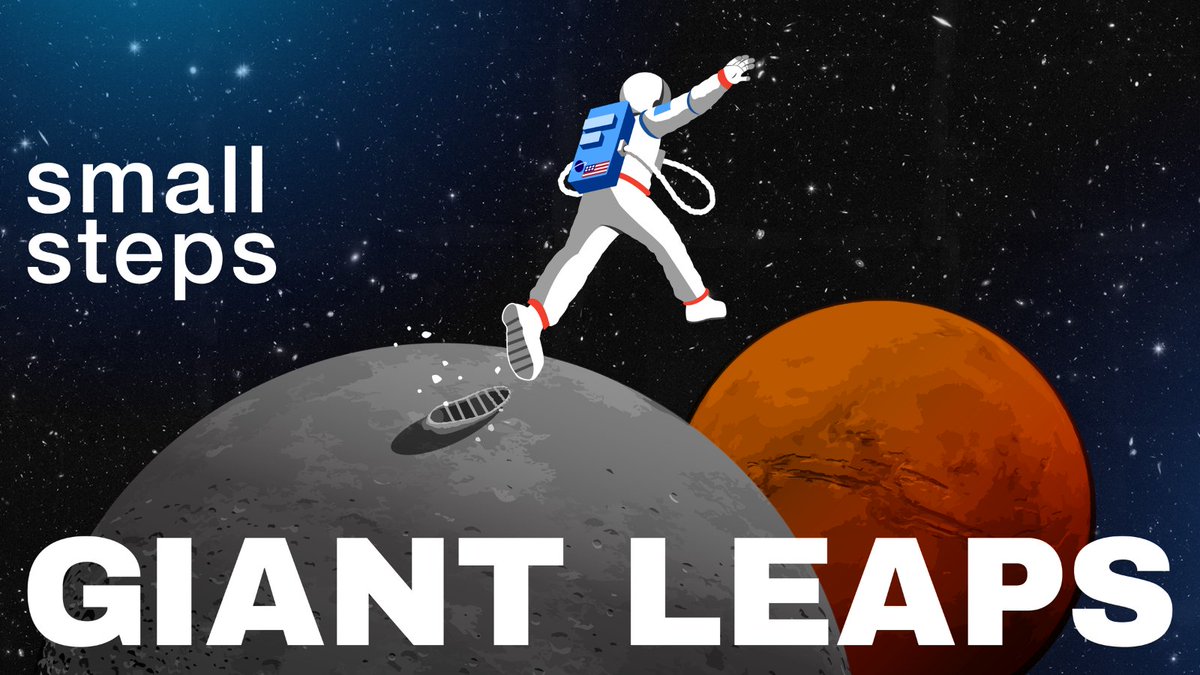
Are you enjoying our #BlackHoleFriday coverage? Like listening to podcasts? Then grab your headphones and dive into the black-hole-themed podcasts we’ve curated in this thread! 🎧 #BlackHoleFriday
The Small Steps, Giant Leaps podcast interviewed Fiona Harrison, the NuSTAR PI, for the X-ray telescope’s 10th anniversary. She talks about its biggest black hole findings and other cool things we’ve learned over the past decade: go.nasa.gov/3u1B4wo #BlackHoleFriday 

Gravity Assist was the perfect podcast for Jeremy Schnittman to talk about black holes because they’re all about gravity! 🎧 Get some black hole basics and find out what Jeremy hopes we’ll discover someday: go.nasa.gov/3EBoV6f #BlackHoleFriday 

Listen to our scientists Regina Caputo and Jeremy Schnittman chat about what it's like hunting for black holes in this episode of @NASA’s Curious Universe podcast: go.nasa.gov/3FbciAF #BlackHoleFriday
• • •
Missing some Tweet in this thread? You can try to
force a refresh











